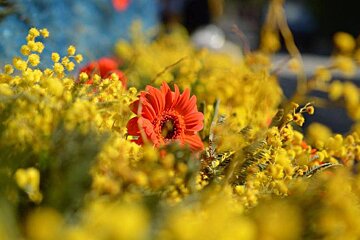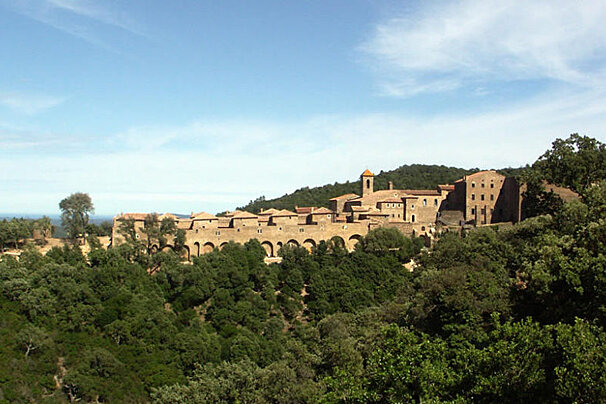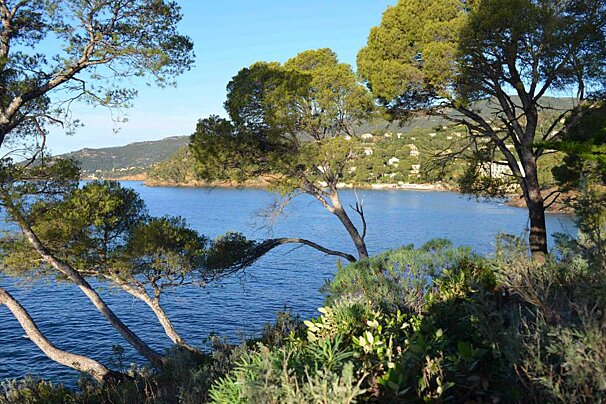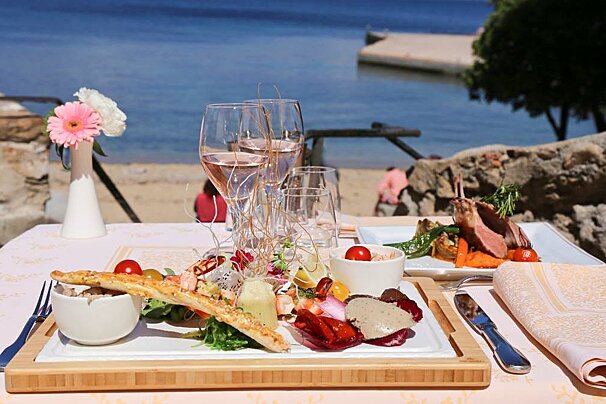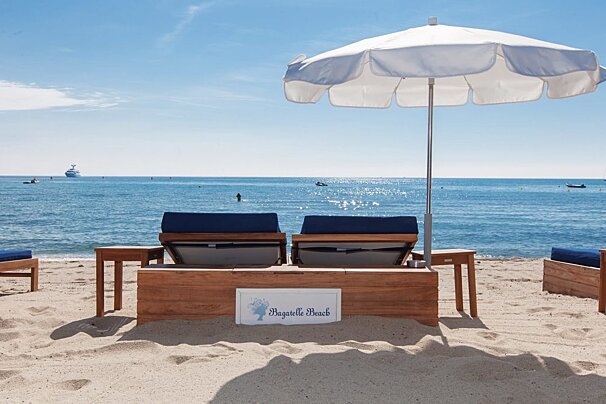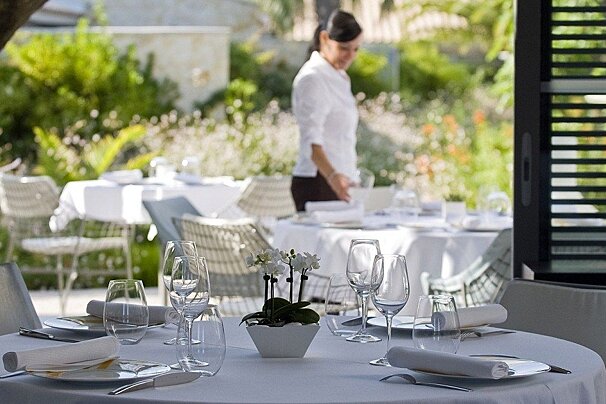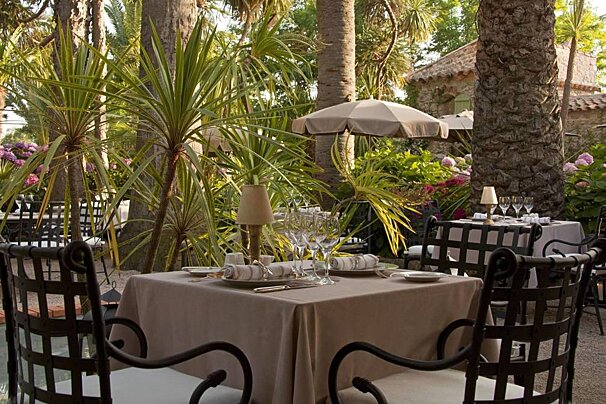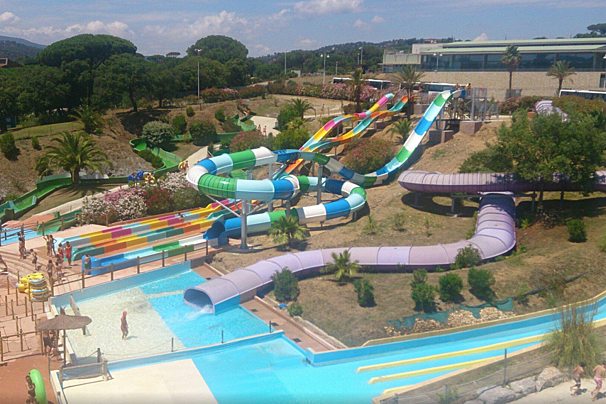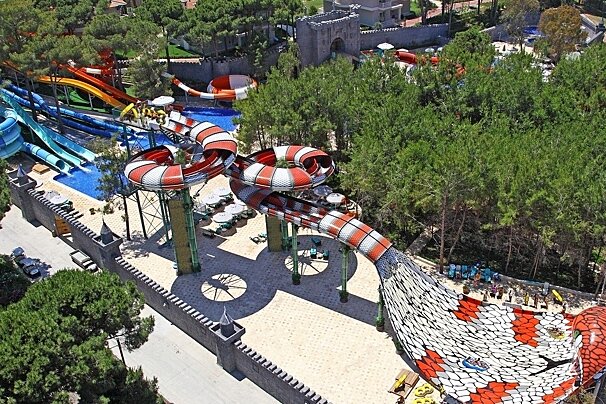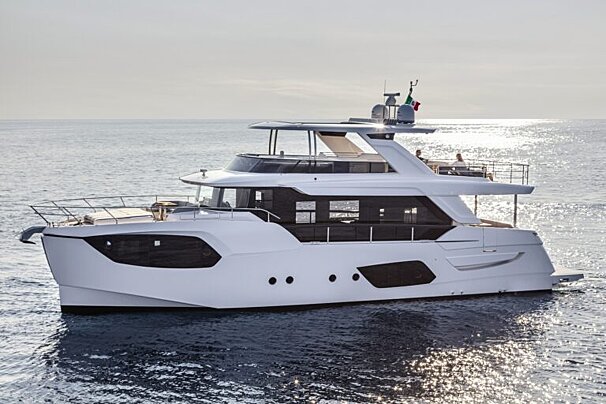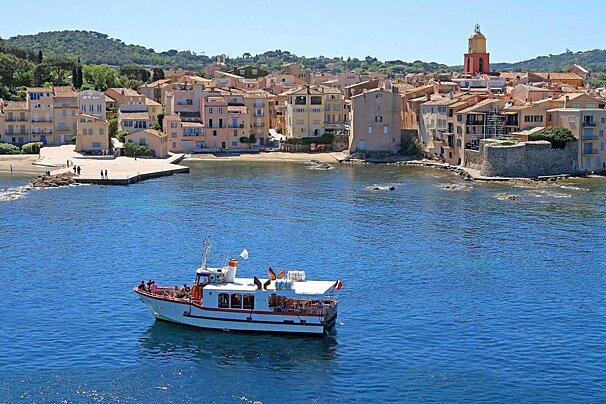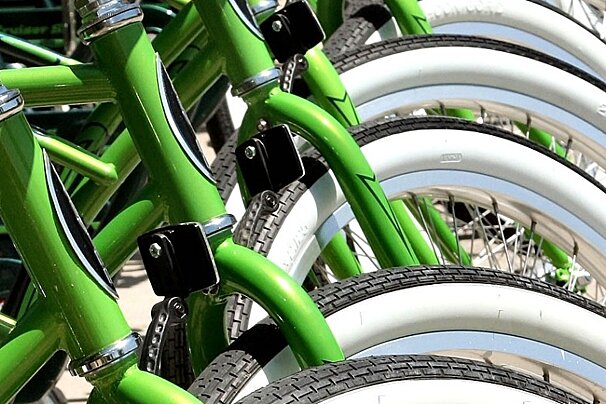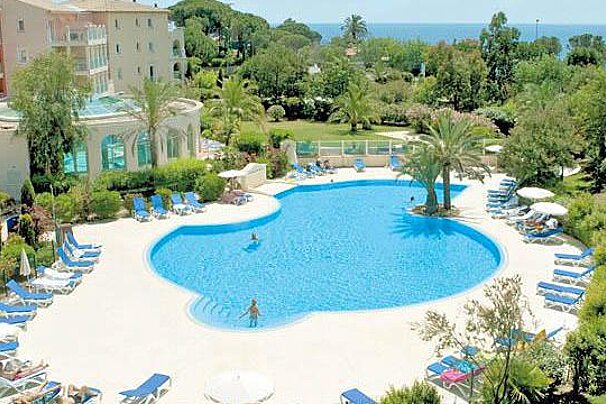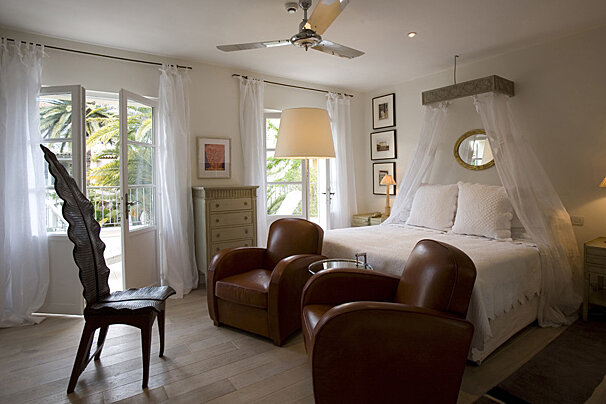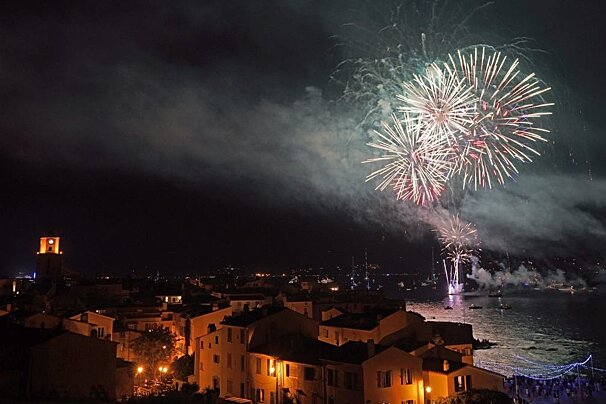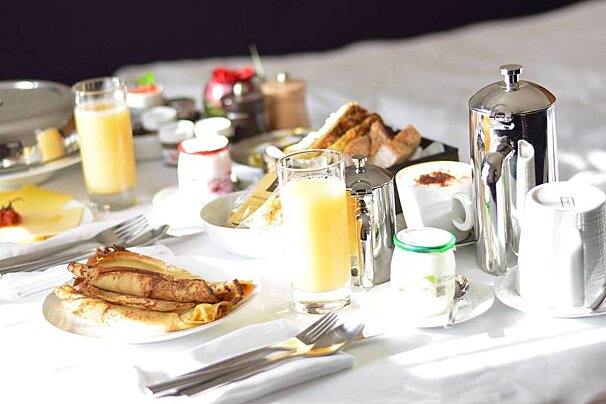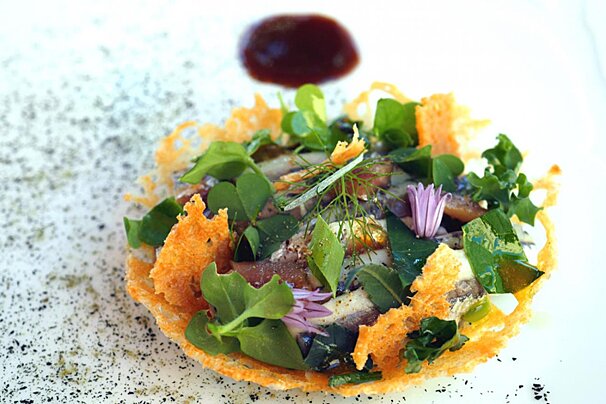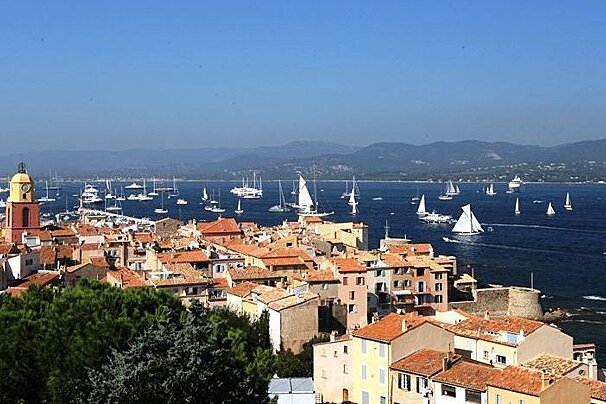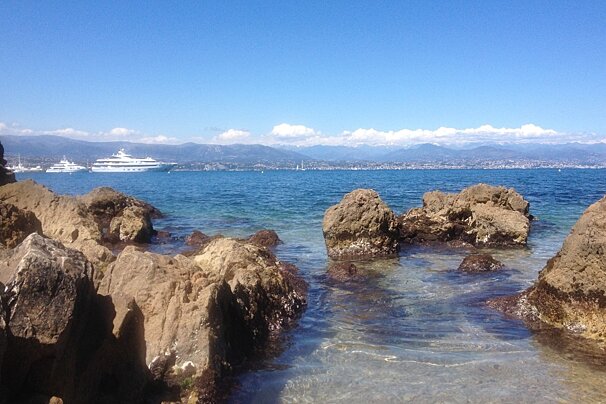Below is a description of the eight villages that are on the Route du Mimosa, which stretches between the Var and the Alpes Maritimes. You could definitely take a few detours from this route: Saint Tropez, Frejus and Gassin are easy additions, while Roquebrune-sur-Argens is also thoroughly recommended. From the final stop at Grasse, Antibes, Cannes, Nice and Monaco are within easy reach.
Bormes les Mimosas: The Route du Mimosa begins here, in a town so celebrated for its beautiful mimosa that it had ‘les Mimosas’ added to its name in the 1960’s. This quaint medieval village spilling down the hillside is known for its gastronomy and flower-filled lanes. There is an exhibition Mimosalia at the end of January, a flower parade in early February and a local nursery has 180 varieties of Mimosa on display.
Rayol-Canadel sur Mer: This quiet village is just 15km from Bormes-les-Mimosas, set among pine and mimosa trees. The unmissable highlight is the Domaine du Rayol, a large spectacular garden by the sea, which has wonderful mimosa displays among other exotic species. This is one of the ‘30 Grand Sites of France’, and no wonder, for this is an extraordinarily beautiful place.
Sainte Maxime: This relaxing beach resort has a wonderful range of mimosa festivities including a Miss Mimosa competition and a flower parade with gorgeous floats. There’s also a botanical garden with a glorious display of mimosa.
Saint Raphael: Located on the wide sandy beaches of the Gulf of Saint Tropez a short distance from Sainte Maxime, Saint Raphael is also transformed when the mimosa blooms. Early February sees a fantastic landscaping exhibition and competition, while the town hosts a spectacular flower carnival in late February. Because this stretch of coastline is a burnished red rock, the yellow mimosa looks particularly vivid against red rock and blue sea.
Mandelieu-la-Napoule: On the Alpes Maritimes coast by Cannes you’ll find this pretty seaside town, which hosts the large Mimosa Festival in mid-February. The town crowns a Mimosa Queen and a flower parade turns the streets into a riot of colour and life.
Tanneron: The route becomes even more visually stunning as you leave the coast and begin the climb into the foothills of the Alps, where vast mimosa forests turn the valleys into gold. The commune of Tanneron has the biggest mimosa forest in Europe, and the village is nestled right in the middle of it! Their festival takes place in early February.
Pégomas: Back down the hill a little you’ll find this pretty little town, where the river paths and gardens are lined with mimosa.
Grasse: Where better to finish a flower tour than in the world-capital of perfume? The fragile, sweet-smelling Mimosa is one of the flowers used by the famous parfumiers of this medieval town.

